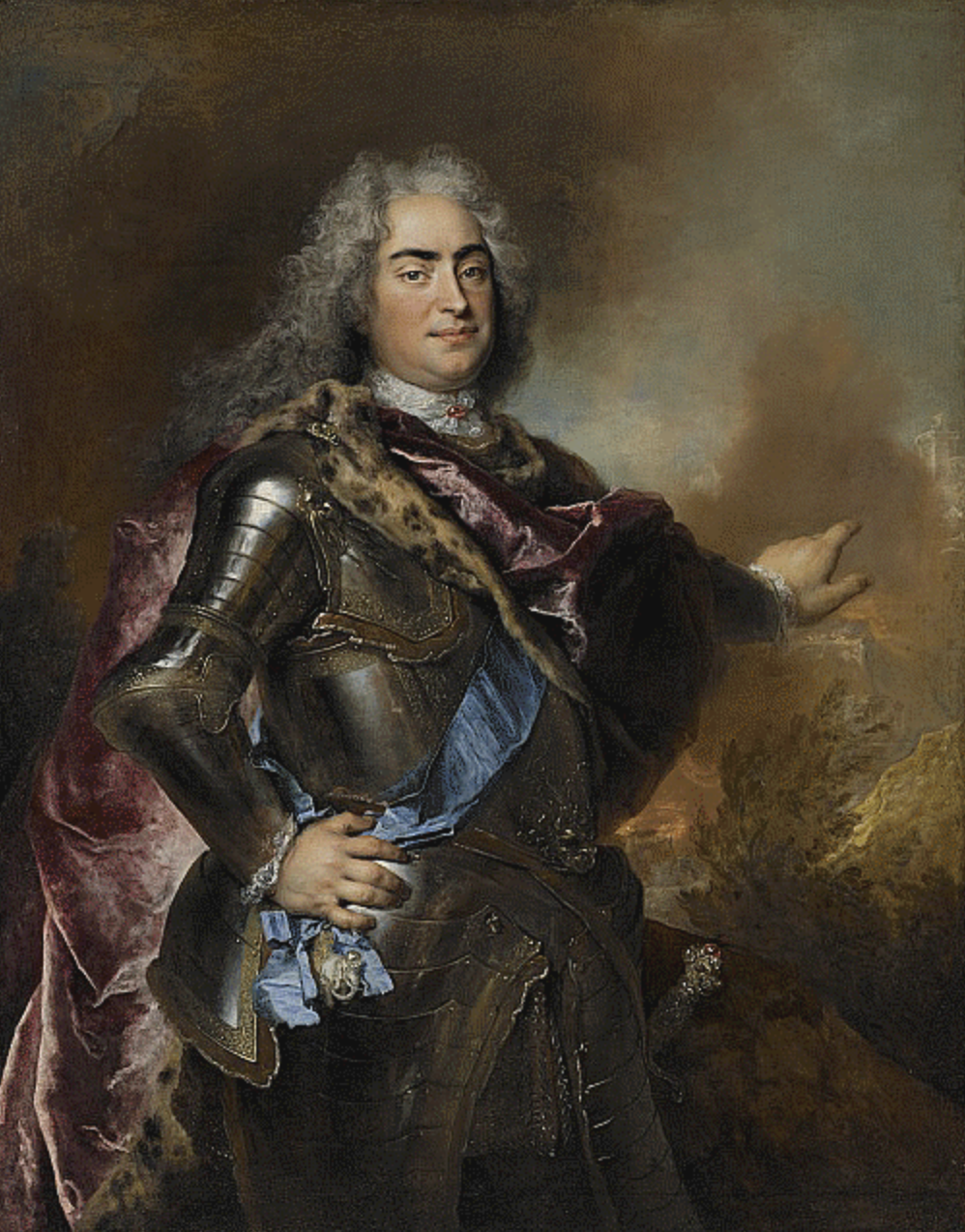- Out-of-Stock
Wanli bowl ‘klapmuts’
A fine Wanli period (1573-1619) bowl with the ‘Hundred Treasures’ decor, 17th century, around 1600-1615, Jingdezhen, China.
Blue and white
Dimensions: 14cm. diameter.
Reference: 10043
Kangxi period (1662-1722) saucers with cranes and pagoda decoration partly out of the former collection of August II the Strong, around 1700-1720, Jingdezhen, China.
Blue and white
Dimensions: 13,7 cm. diameter
 Secure payment
Secure payment
100% secure payment
 Worldwide shipping
Worldwide shipping
Fast delivery
 Free shipping in EU
Free shipping in EU
On all orders
 Professional packaging
Professional packaging
Professional order packaging
Four of the eleven saucers are incised and blackened 'N=511' with zigzag line refering to the Japanese palace inventory (Staatliche Kunstsammelung Dresden) of the former collection of August II the Strong Elector of Saxony and king of Poland (1670-1733).
He was known for his obsession with Chinese porcelain and his extensive collection in the palace in Dresden. His obsession also led to August stimulating research into a way to make porcelain himself. This was ultimately successful and Saxony was the first country in Europe to be able to produce the coveted pottery itself, known as Meissen. Between about 1715 and at least until 1727 the Elector-King collected approximately 25,000 pieces.
His collection was partly sold on auctions in the 20th century, resulting in objects circulating in private collections. These pieces correspond with the Palace Inventory lists of 1779. The inventory list states "One hundred-and-nine fine pairs of coffee cups and saucers. NB: 10 saucers are missing and 3 cups in poor condition. No. 511." We have found 5 saucers and 1 cup back!
The saucers are decorated in underglaze blue with on the front a pavilion among foaming waves with a curling smoke rising from its roof and two flying cranes, one with a stick in his beak. The centre with three dots, the inside rim with a continuous foliate border. The reverse is undecorated. Comment In China, this motif is called haiwu tianchou 海屋添籌 (adding longevity at the Sea House) and refers to the legend that everyone's life expectancy is predestined by a bottle filled with bamboo tokens stored in the 'Sea House' in Penglai 蓬萊 (the fairyland of Immortals in the East Sea in Chinese mythology). If a crane adds a token to someone's bottle, that person's life will prolong for 100 years. As 'adding a token' (tianchou 添籌) is homonymous with 'adding longevity' (tianshou 添壽), haiwu tianshou is an expression used to convey birthday congratulations and therefore the motif is related to a birthday.
Provenance:
-The Japanese Palace Dresden, 20th century.
-Dutch private collection 2024.

'August the Strong (1670-1733), Elector of Saxony and King of Poland' by Nicolas de Largillierre (1656-1746).
source: art.nelson-atkins.org.
Source: D.A. Campbell
royalporcelaincollection.skd.museum